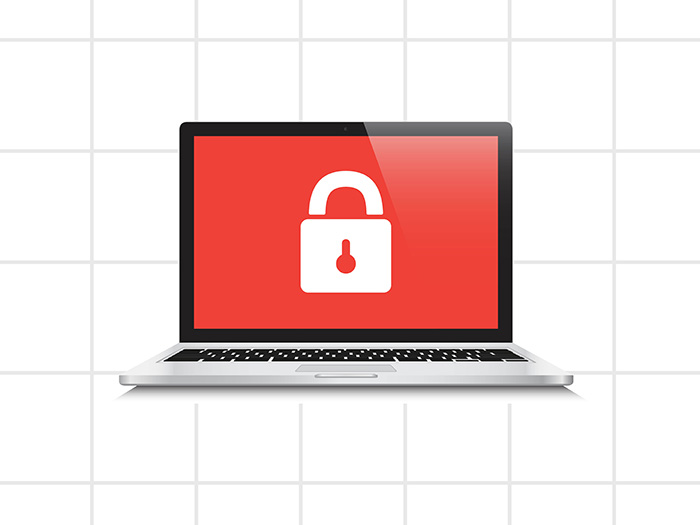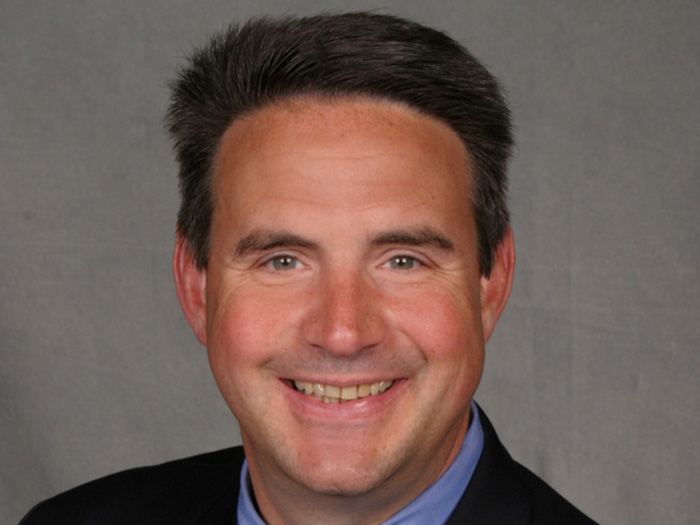How Technology Can Help Prevent Medical Provider Fraud

You don’t have to look far to see that medical provider fraud harms injured workers, damages trust within the workers’ compensation system and cheats both the workers’ compensation system and private insurance companies out of millions of dollars.
One San Diego provider fraud ring cheated the California workers’ compensation system and private insurers out of more than $200 million, according to the FBI. The ring targeted migrant workers with a hotline that claimed to help navigate the workers’ compensation system.
Instead, it connected patients with corrupt doctors who subjected them to unnecessary and painful medical procedures, prescribed expensive drugs or medical equipment and billed them as much as $6,000 for basic medical items, such as a cold pack.
And that’s just one operation. The average large medical provider fraud ring costs the industry $10 million in paid-out losses and each one ensnares about 50 victims, including insurers and self-insured employers. In contrast, the cost of an individual claimant fraud case is $30,000.
One of the reasons medical provider fraud is so costly is that it often goes undetected for a long period of time. Fortunately, data science is making it easier to detect.
“We need to move away from traditional adjuster-based referrals to a more blended use of analytics, modeling and IA,” said Gary Mitchell, director of the special investigations unit at Liberty Mutual Insurance.
“Using data science in your detection process allows for the removal of human factors, subconscious bias, and competing time factors in the process. Data Analytics enables us to process many more intangibles across a larger swath of claims to detect anomalies.”
Mitchell will be giving a presentation on how leveraging data, new technologies and strategic thinking can help special investigations units thwart organized provider rings titled “Putting Fraud Shops on Notice: The Future of Workers’ Comp Investigations” at the 2019 National Workers’ Compensation and Disability Conference® & Expo.
Analytics Flags Fraud Early
By allowing insurers to see when small clinics are generating millions of dollars in workers’ comp claims, data analytics are allowing both law enforcement officers and insurers to catch provider fraud rings sooner.

Gary Mitchell, director, special investigations unit, Liberty Mutual Insurance
Before technology, investigators hand to manually shift through years of paper claims to detect fraud operations. Now, they can use computers to shift through data sets.
“Technology allows us to review and detect anomalies in thousands of files,” Mitchell said.
“Our ability to retrieve and review large data sets, that can be modeled to find specific patterns that our adjusters would not have the capacity or time to detect, will move companies to see the value of data science in fraud detection.”
Fraud Thrives in Silos
Fraud rings depend on silos within workers’ compensation programs to prevent them from being detected. If carriers, adjusters and TPAs don’t communicate well, or if carriers in the same area don’t communicate with one another, than fraud operations can thrive.
“Providers depend on us to be in silos to advance schemes,” Mitchell said. “How we are positioned for the future to formulate more collaboration among carriers in real-time, has become my focal point.”
When it comes to preventing fraud collaboration is key. Carriers should work within their organization, with other carriers and with law enforcement to investigate and shut down fraud operations.
Technology is, thankfully, making it easier to speed up the process of collaborating with other carriers and law enforcement. Electronic data makes sharing information and spotting providers who frequently ring up high costs both easier to review and pass along to others.
“Carriers need to embrace collaboration efforts in focusing on provider investigations,” Mitchell said.
Focus on Causes, Not Cases
In addition to flagging fraud early on and encouraging collaboration, analytics can also help insurers focus on root causes, rather than individual cases.
“We have traditionally attacked fraud in the vacuum of a single case focus and arriving very late in the detection of emergent schemes,” Mitchell said.
“When we shift to digging into the root cause of why we see increased medical cost in certain treatments or geographical areas we have much greater and earlier impact.”
Focusing on causes rather than individual cases allows workers’ compensation insurers to detect patterns — something that is critical for spotting fraud, especially since early detection is critical. The longer provider fraud operations continue, the bigger impact they have. Remember, there’s a couple hundred million dollar price tag on the line. &
About the National Workers’ Compensation and Disability Conference® & Expo:
As the largest National Workers’ Comp and Disability Conference for more than 25 years, NWCDC offers endless opportunities that will propel your workers’ comp and disability management programs forward. With the biggest Expo in the industry, you’ll be able to touch, compare and contrast the newest solutions from leading vendors in every category, and gain knowledge on-the-go at in-depth sponsored sessions on the show floor. Additionally, NWCDC offers valuable networking opportunities so you can make important contacts and share strategies with your peers.
You can also customize your learning experience with breakout sessions in six distinct program tracks: Claims Management, Medical Management, Program Management, Disability Management, Legal/Regulatory, and Technology. Plus, you’ll hear from Risk & Insurance’s Teddy Award winners for excellence in lowering workers’ comp risk.
Learn more about NWCDC and special savings for Risk & Insurance® subscribers here.











